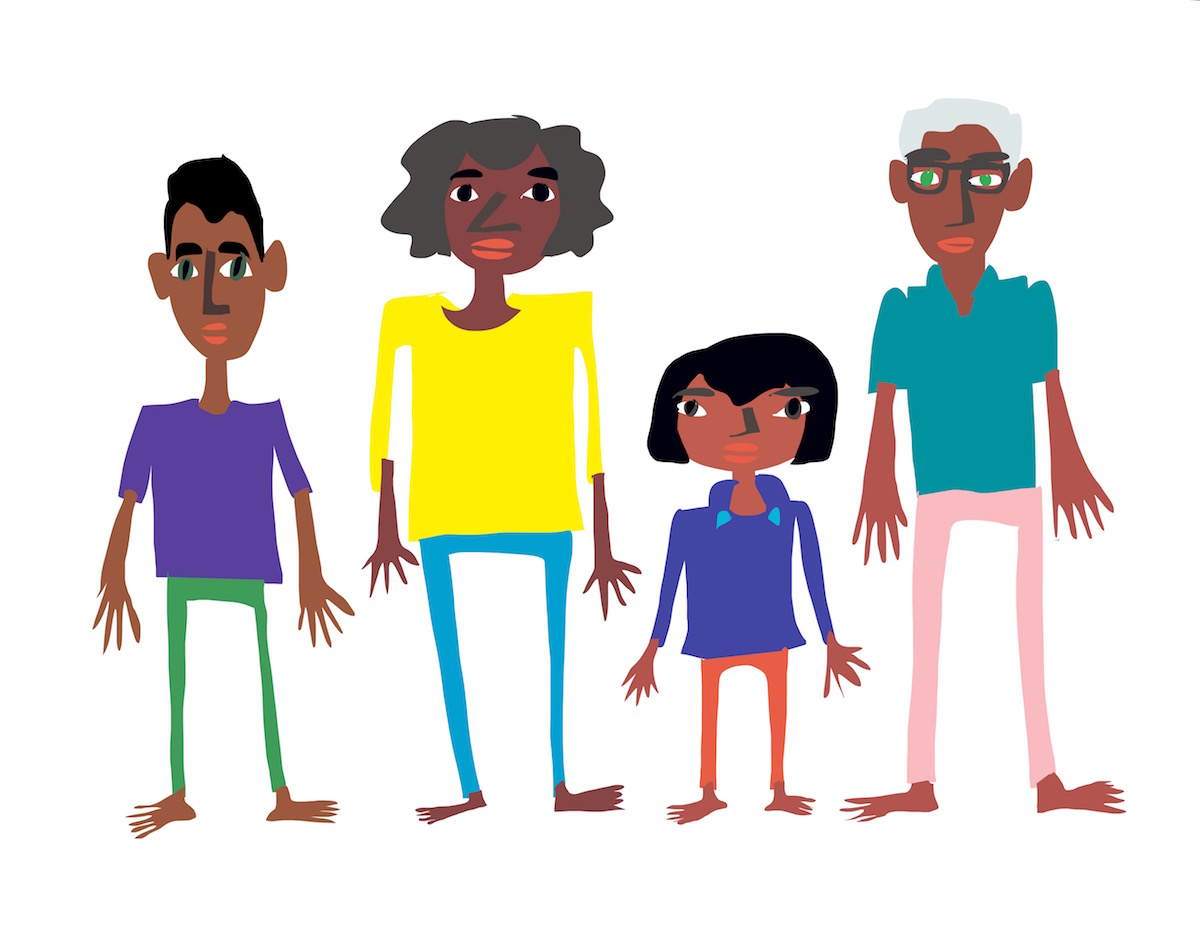
Who is the tallest person in your family?

Artificial Intelligence Assistant Game
October 11, 2018
Backtrack For Lost Object
October 21, 2018Get in line!
For your next STEM adventure with your young kids, have fun with people nearby. Figure out how to arrange and order things (or, in this case, people,) by comparing heights. It’s the “Who is the tallest person in your family?” game!
How long?
30 minutes
What you need
- You, your kid and family members
- Eraser
- Box
- Pen or pencil
- A piece of paper
- Ruler
What age is it for?
4-10 year olds
How to Play
Let your child be familiar with the terms, heights, shorter, taller with objects. For example, a box and a eraser. Stand them up so they are vertical. Explain to the child that when you are measuring height, they will need to hold the object standing.
Step 1: Introduce Comparison!
Explain your child what is the definition of height, tall and short. For instance, short means when something is a small distance and tall means when something is a big distance.
Grab any objects at home, for instance, pen, box, eraser in different heights. Put them on the table or ground to let your child compare them in the right height order. If your child is not able to compare them, help out to show directly in the right order while explicitly explaining it.
For example, display your child two objects side by side, where one is taller or shorter than other objects, for example, a box and an eraser. Stand them up so they are vertical.
Explain to the child that when you are measuring height, they will need to hold the object standing.
Step 2: Debriefing
Let your child draw a tall and short image on the paper. Afterward, let your child compare the heights of objects. Listen carefully and ask leading questions
After this first experiment, let your child explain how she/he decides conclusions. For instance, he/she makes decision based on observation or measuring heights. Did he/she compare all of them at the same time or pairing two pens or erasers first and then decides.
After introducing warming up experiments, it is the following step to let your child know that comparing and applying bubble sort algorithm for family members.
.Step 3: Let The Algorithmic Design Experiment Begin
Ask your child to compare heights of family members.Observe whether he/she swap family members over if they are in the wrong order.
Pay close attention how your little one fix the ordering problem. For example, if two people are in the wrong order, does he/she swap them over or keep them in the existing spot as it is.
So, how would your little one know the end of the tallest person. There is nobody to swap and it indicates that your child has done an amazing job.
However, the last part for him/her to decide who is the tallest person among you. Let him know that if he/she is the pick the right tallest person, the experiment is over. If he/she doesn’t let you know the right tallest person, he/she should be repeating and revising this action based on your feedback.
Start a conversation by mentioning about Bubble Sort Algorithm.
Based on this algorithm, your child goal is to continue swapping and changing people’s position based on the bubble sort algorithm. In other words, bubble sort algorithm works child to start from the beginning and comparing over and over again, until the people are in the right order based on the heights.
Step 4: Talking It Through
Tell your child to explain who is the tallest and shortest person in the family. Ask your child to compare heights of siblings, mom, dad, aunt, uncle, and cousin.
Ask your child how he/she solved this problem. Did he compare all of them at the same time, did he/he cluster or scaled.
And then ask leading questions, for example, is there a better way to compare heights or is the bubble sort algorithm is the most effective way to use. Was it taking less time and the most accurate? Is there any other way to compare heights?

Bekir M.
Doctorate in Education
Originally from Turkey, then Pittsburgh, now California
I got my Doctorate in educating kids how to code, and how to think computationally so they can thrive in STEM. I have been researching how Offline Activities -- where kids aren't in front of a screen, but are playing in the real world -- can help kids get core concepts of coding.
Learning Outcome
This fun activity helps your child to compare height. Also, the child will use math terms 'taller' and 'shorter' to compare their height with Mommy and Daddy. Most importantly, child will relate the concept of Bubble Sort Algorithm back to real-life experience with siblings, parents, and friends.
